Battery Storage Technology Demonstration Gets Federal Seal of Approval
After successfully testing a battery at West Falls Church, Metro is looking into more ways of re-capturing braking energy from trains. This could save operating costs and improve environmental sustainability, too.
Metro spends approximately $50 million each year on electricity to move our riders and railcars around the system. Last month, the Federal Transit Administration (FTA) released a final report they commissioned Metro to conduct on technology to capture excess energy from regenerative braking through energy storage. The project was conducted by Metro and Kawasaki Heavy Rail Inc. at Metro’s West Falls Church substation as a “proof of concept” test of nickel-metal hydride battery technology as a storage media to capture otherwise wasted railcar braking energy from the direct current third rail.
Although the battery is headed back to Kawasaki, the demonstration was a success. We learned how the technology could work with our infrastructure, and how the battery technology supports the asset management, safety and resource efficiency work of the FTA’s Office of Research, Innovation and Demonstration in the following areas:
- Energy savings of approximately $100,000-200,000 that can reduce transit agencies’ utility consumption and peak power demand charges.
- Voltage support to reduce line loss on the third-rail power distribution network. In particular, this offers significant benefits to system performance between traction power substations (fed from the local utility) providing a more efficient energy transfer to railcars.
- Emergency power support to move stationary railcars to safe access points in the event of a power outage from the local utility.
- Augmenting existing traction power substations to support revenue service during maintenance downtime, and/or enhancing power supply as part of traction power upgrades to support better service such as Metro’s 100% 8-car train expansion.
Metro is now analyzing of how battery technology could be scaled more widely throughout the system. As part of this process, Metro’s engineers are monitoring the results of similar energy storage/energy saving projects that have been undertaken by peer transit agencies such as the Southeastern Pennsylvania Transportation Authority and London Underground.
As the cost of battery storage media such as nickel-metal hydride and similar lithium ion technology continues to fall, the economic benefits to rail transit will continue to grow. With the publication of this final report, Metro’s engineers’ commitment to strategic federal research provides a tangible example of how the Authority can support emerging technology as part of an investment in cost-effective new technology, and efficiently manage operating expenses.


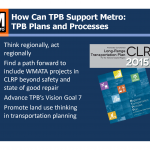


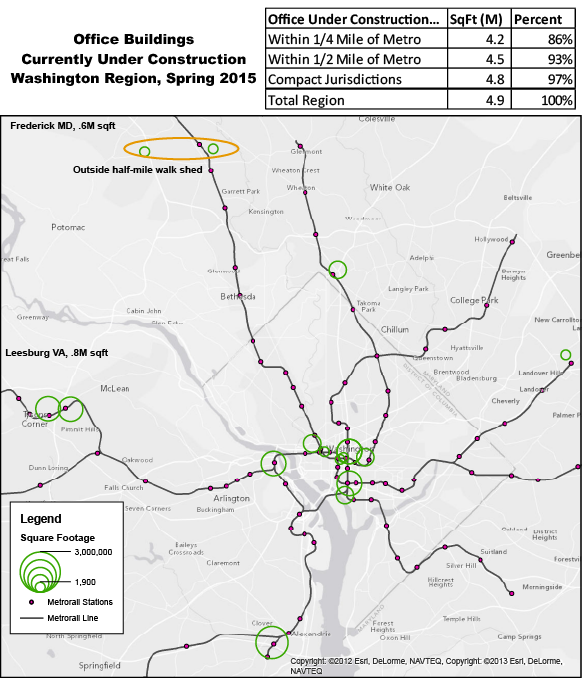
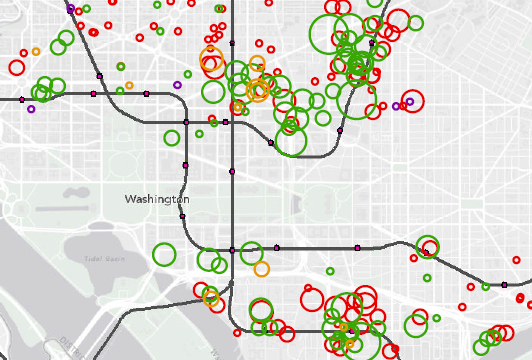
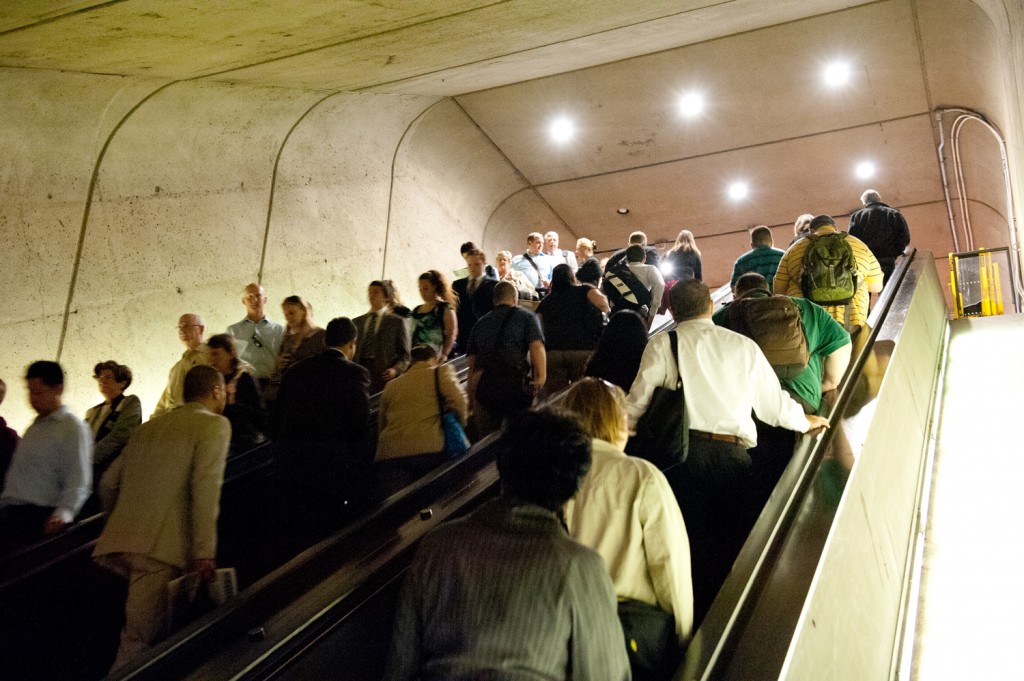
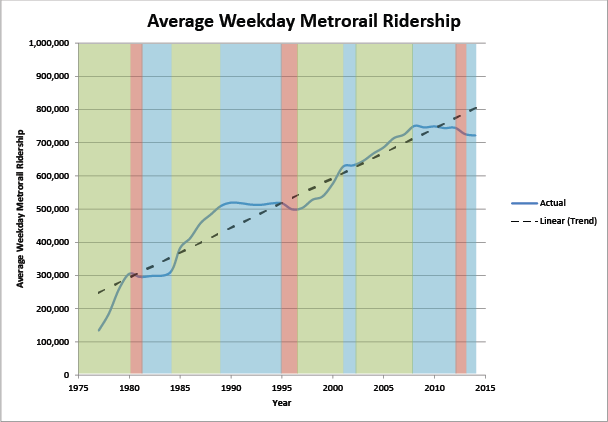
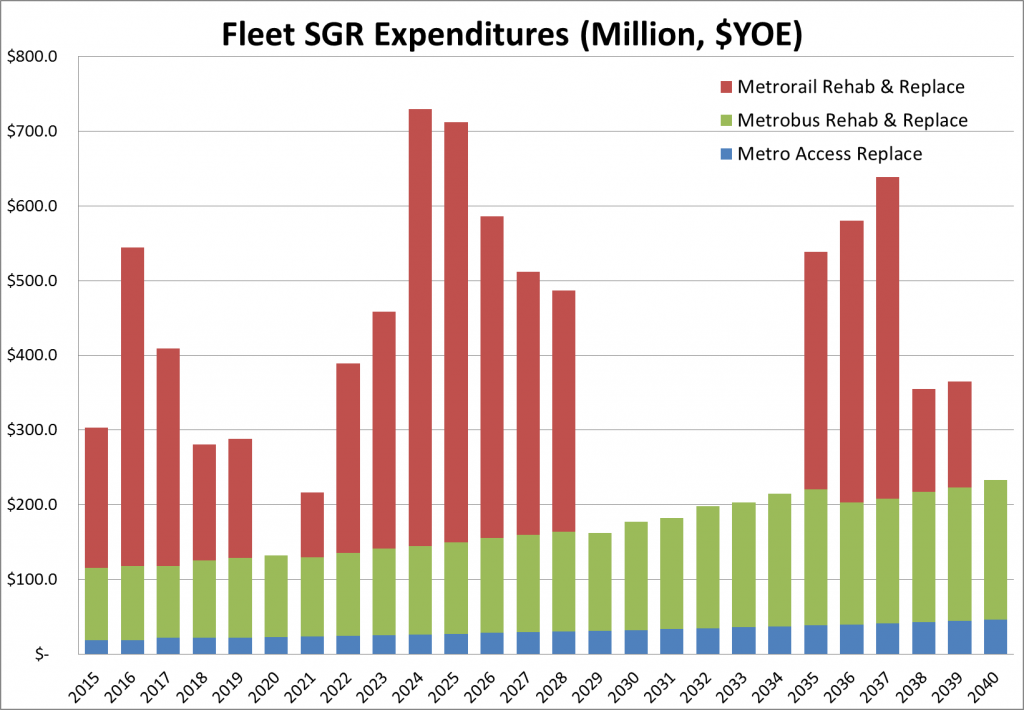


Recent Comments